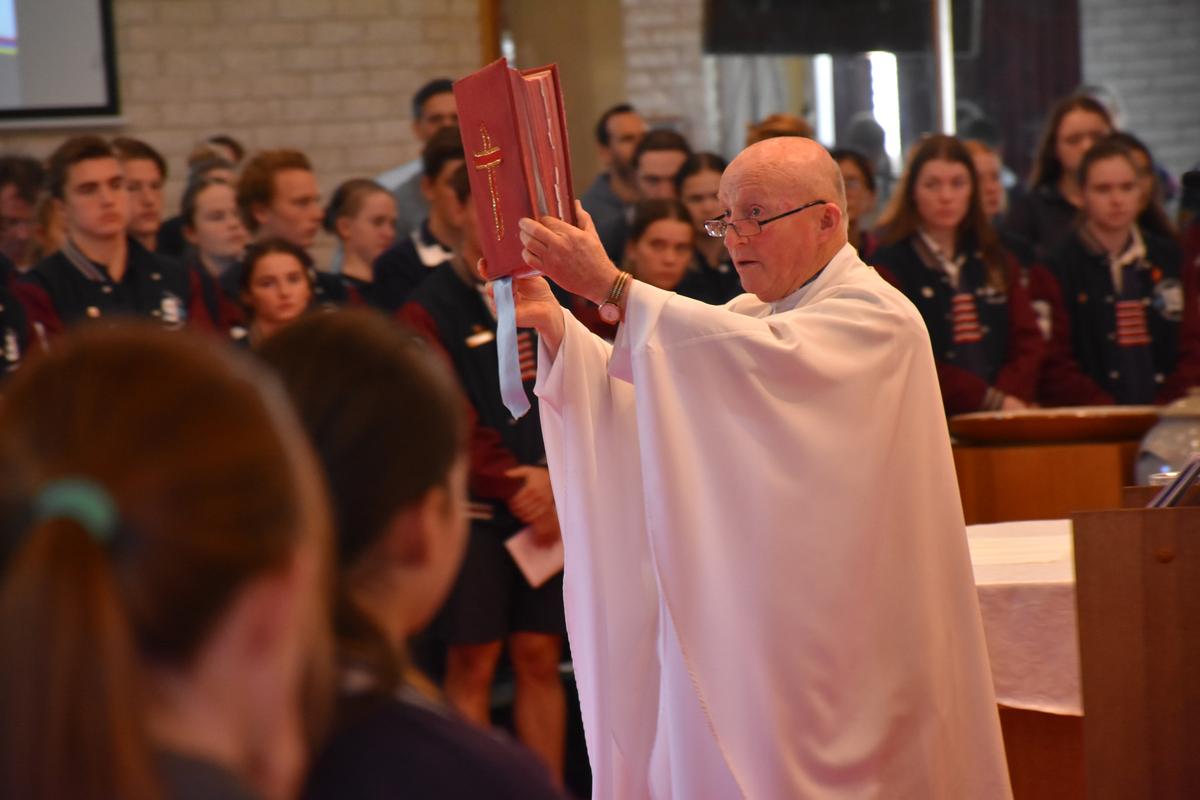Catholic Education - Making a Difference

What is the difference between State Schools in Australia and Catholic Schools?
The Public Instruction Act of 1880, introduced compulsory free education and severed connections between the church and public schools. It declared public schools as free, secular and compulsory.
Catholics at the time appreciated the need for compulsory education and the lack of cost meant it would be accessible to all. Yet, they could not envision a rounded education for their children which was “secular”.
In their long struggle to provide a Christian education and one with a place for prayer and the education of the whole person, Catholics decided to build and pay for an alternative – the Catholic school system of which we are part today.
There are four main characteristics that give our Catholic schools a unique character: the first being an approach centred on Jesus in an environment of genuine care and love. Thus, the school day begins with prayer. This week we launch our own Trinity College School prayer which formalises, in a simple prayer, an emphasis on living as a Christ centred community. This prayer can be used each day and carries, within its’ words, the “flavour’ of our unique school community.
The second main characteristic is an emphasis on the dignity of each human life. Along with a rigorous academic culture, which every school promotes, we actively work to build strong moral development and good citizenship in a safe and caring environment.
Parent interviews last week involved conversations about the whole person, not just academic performance. The formation that each student merits as a child of God is our core business as well.
The third characteristic is the special responsibility of staff to their students and to the Church. All staff who are employed here declare, when employed, their full support of our Catholic ethos – an important responsibility, given their role in the authentic formation of young people.
We promote the place of prayer and worship, Catholic social teaching, justice and the common good.
Finally, the most obvious characteristic at Trinity, is that of a very strong community with shared values. Students and their parents make the choice of attending a Catholic school and by doing so, imply a commitment to Catholic values.
We provide ample opportunities for all members of our learning community to express our shared values, from something as simple as good manners and care for equipment and the playground to our behaviour on school trips such as the Ski Trip this week. Those who attend know we have very high expectations of their attitude and behaviour towards each other and the general public – and they have never let us down!
The dedication of teachers who run trips such as this and the Top End Tour, staff who go out of their way to assist students and parents with subject selections, who are always looking out for student welfare and wellbeing, their academic and sporting interests, their artistic and practical skills, also attest to this characteristic of our Catholic school community.
We have Reception and Office staff, Canteen staff and Maintenance staff, all keenly aware of their pastoral role in the care of our students and who do their best, every day to support everyone at school.
They appreciate that if students can “see it” they can “be it”. They know “we make a difference”!
We have much to be thankful for in the wisdom of our forebears, who envisioned the place and the power of a Catholic education for students and who sacrificed much to ensure it endured.
Anne Hughes
Director of Faith and Mission
